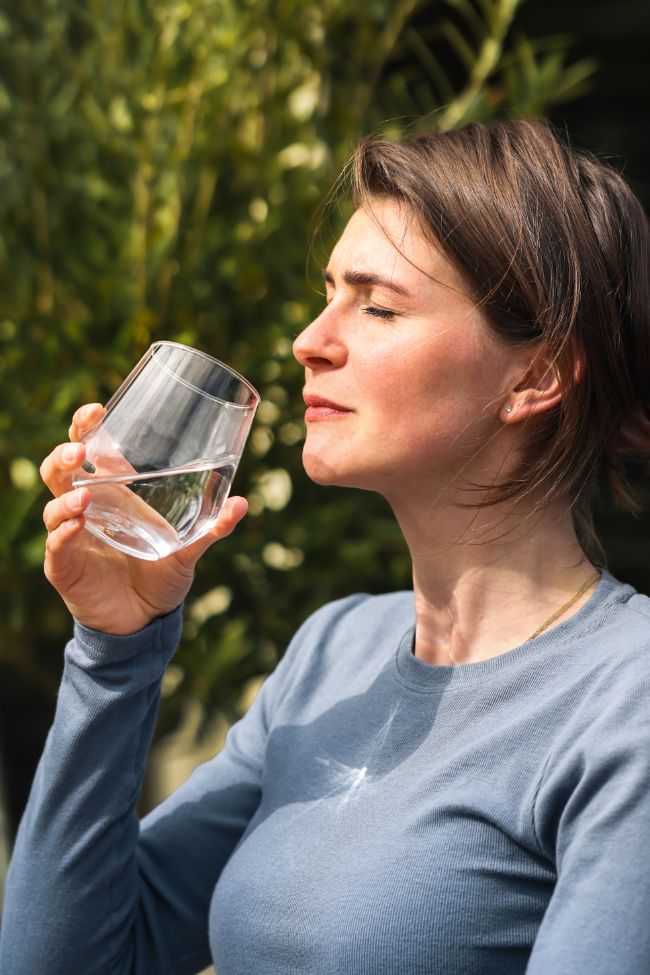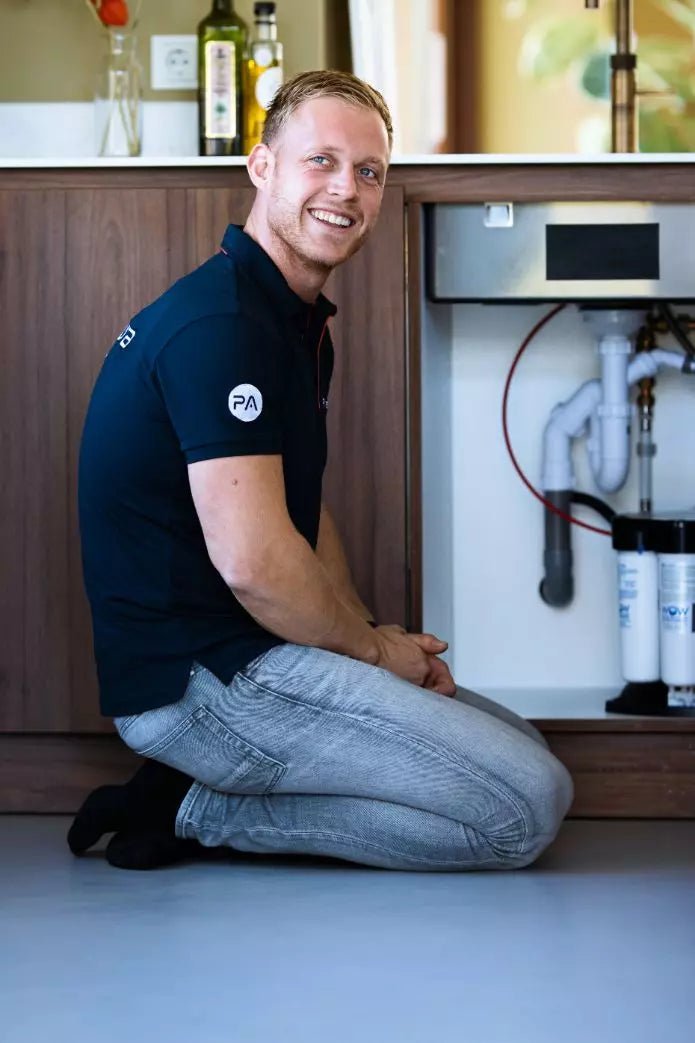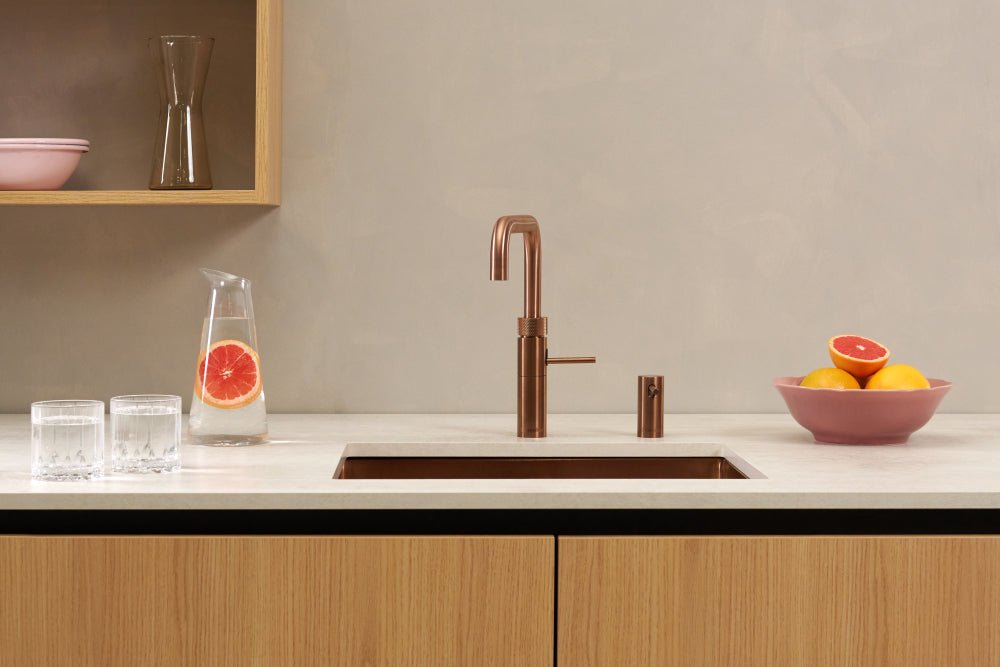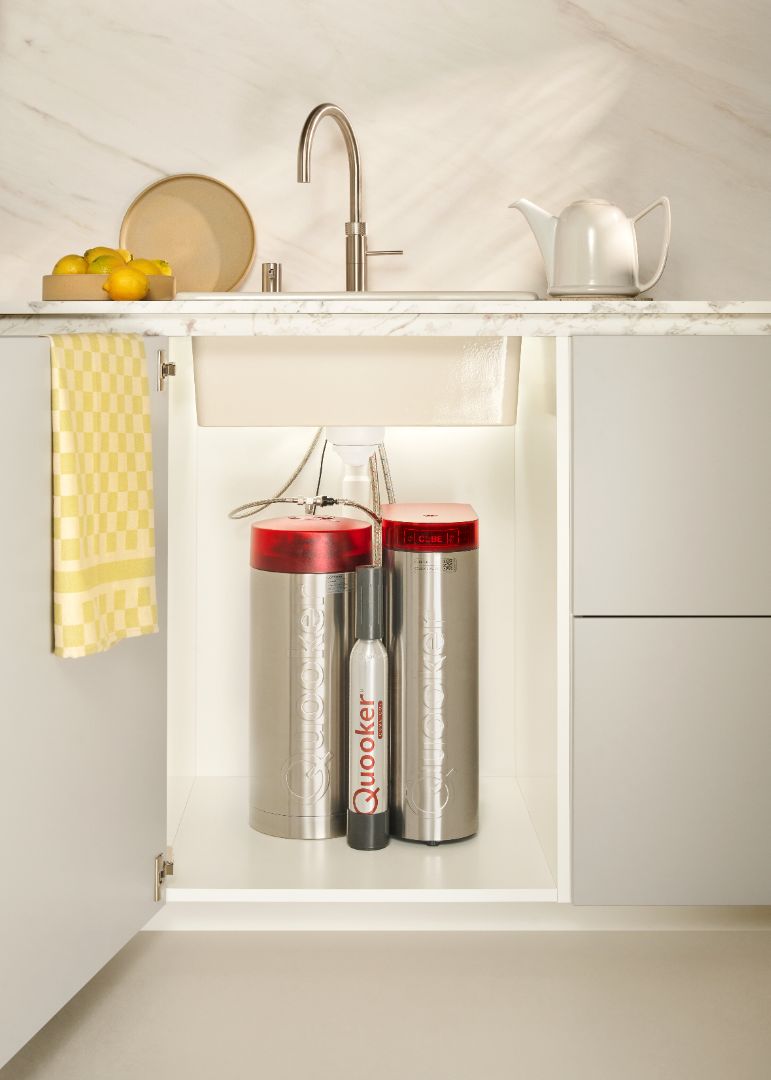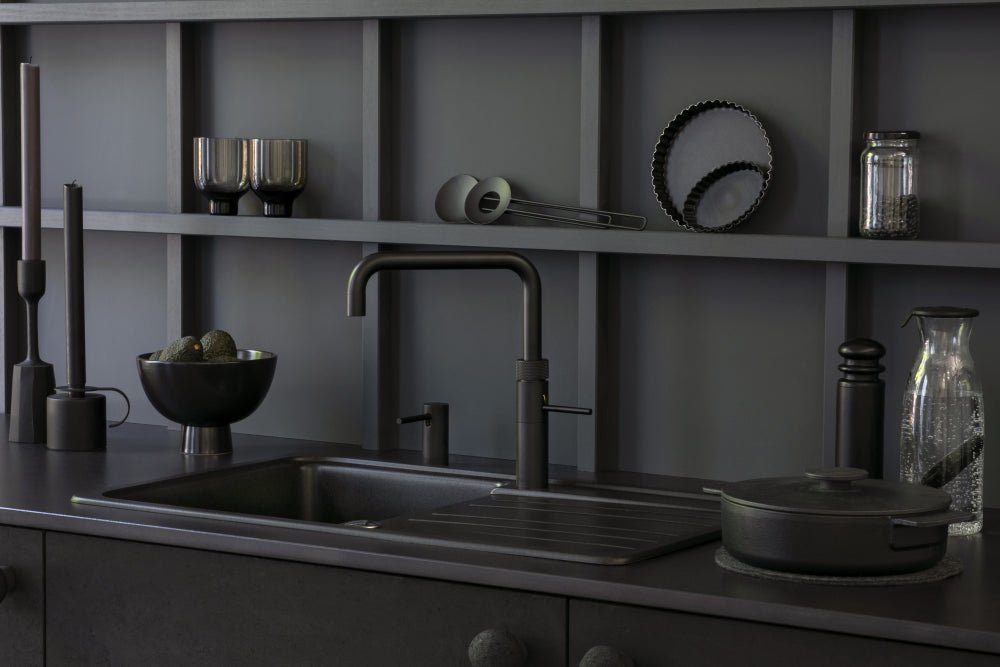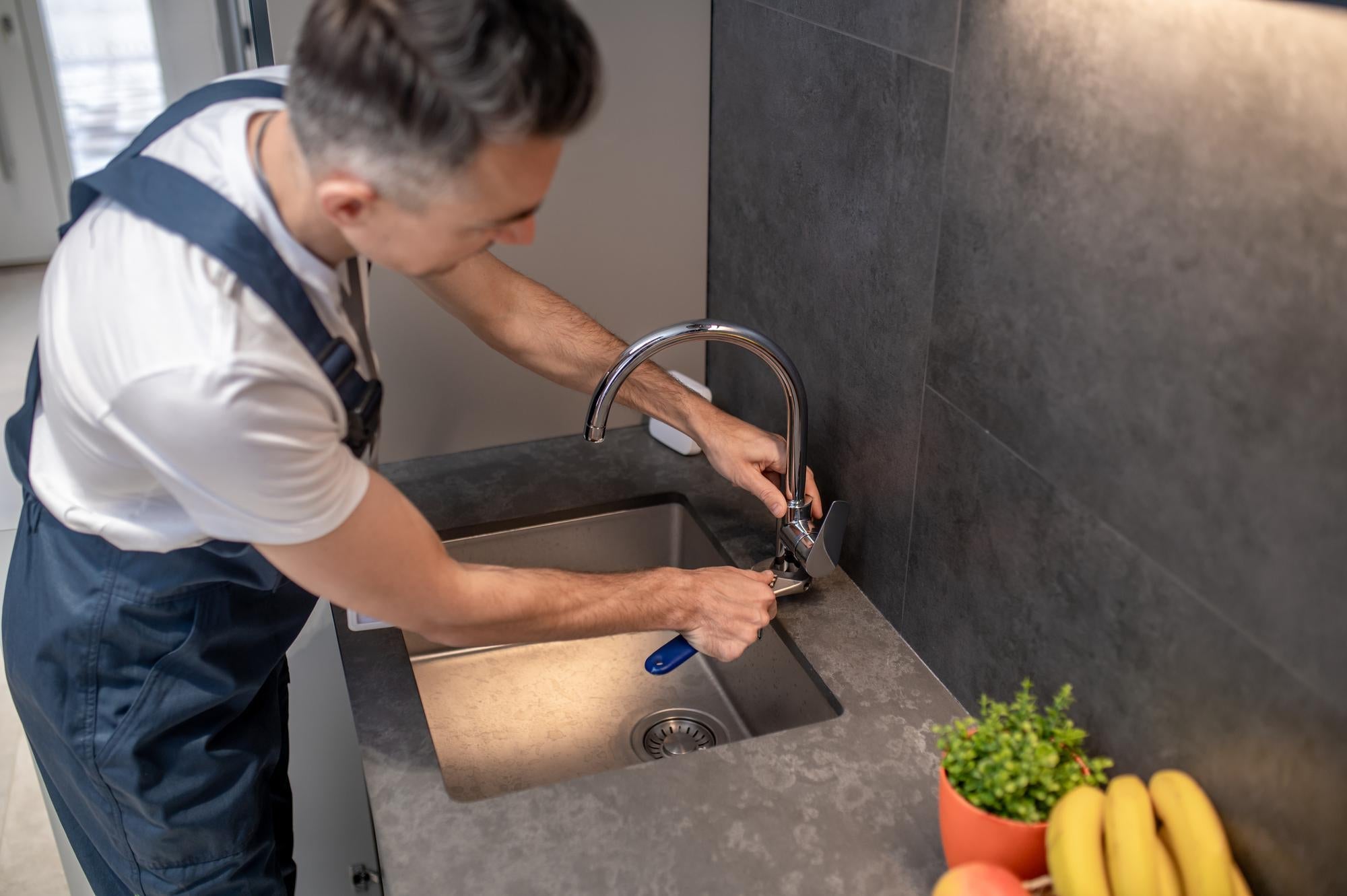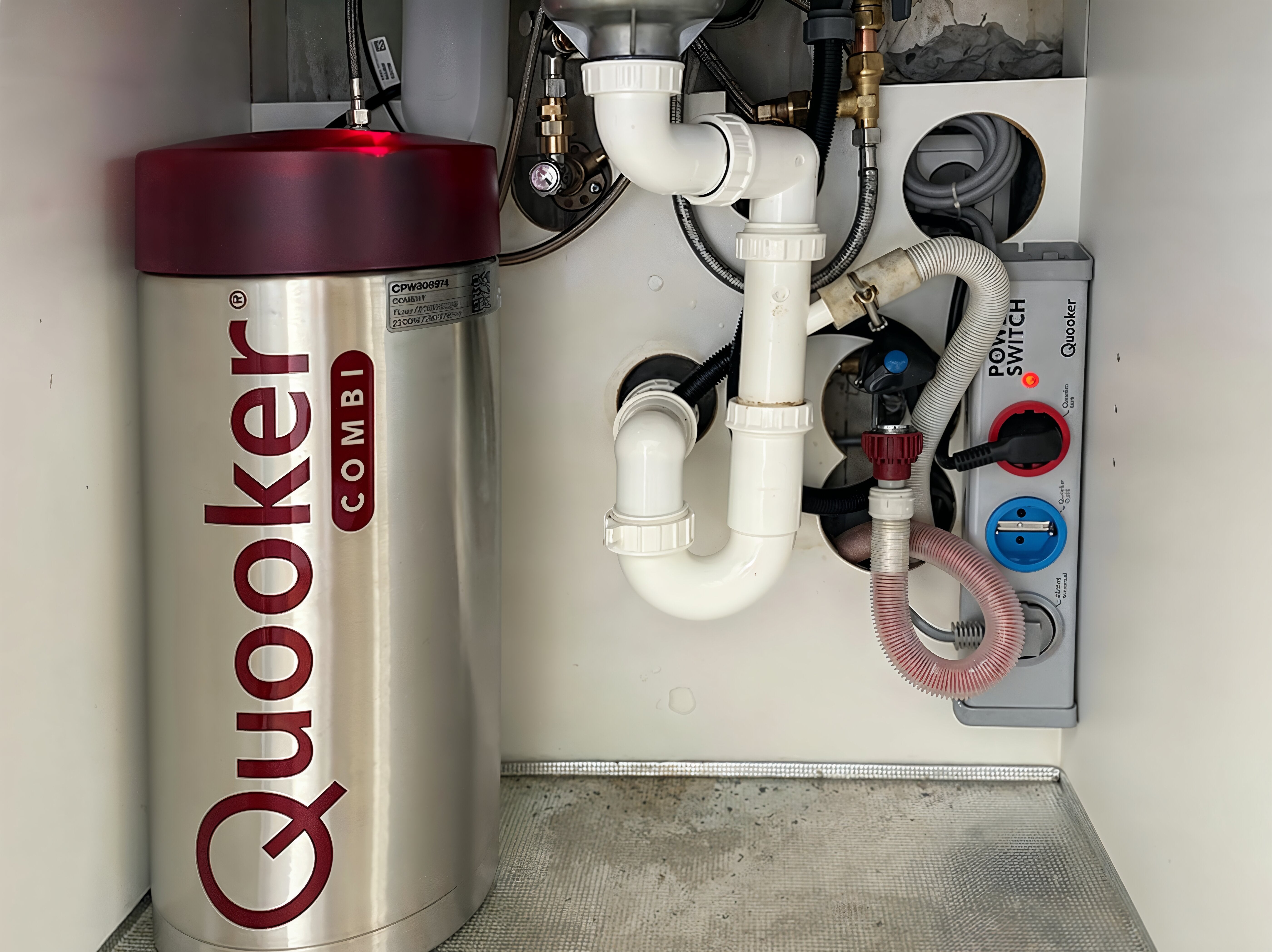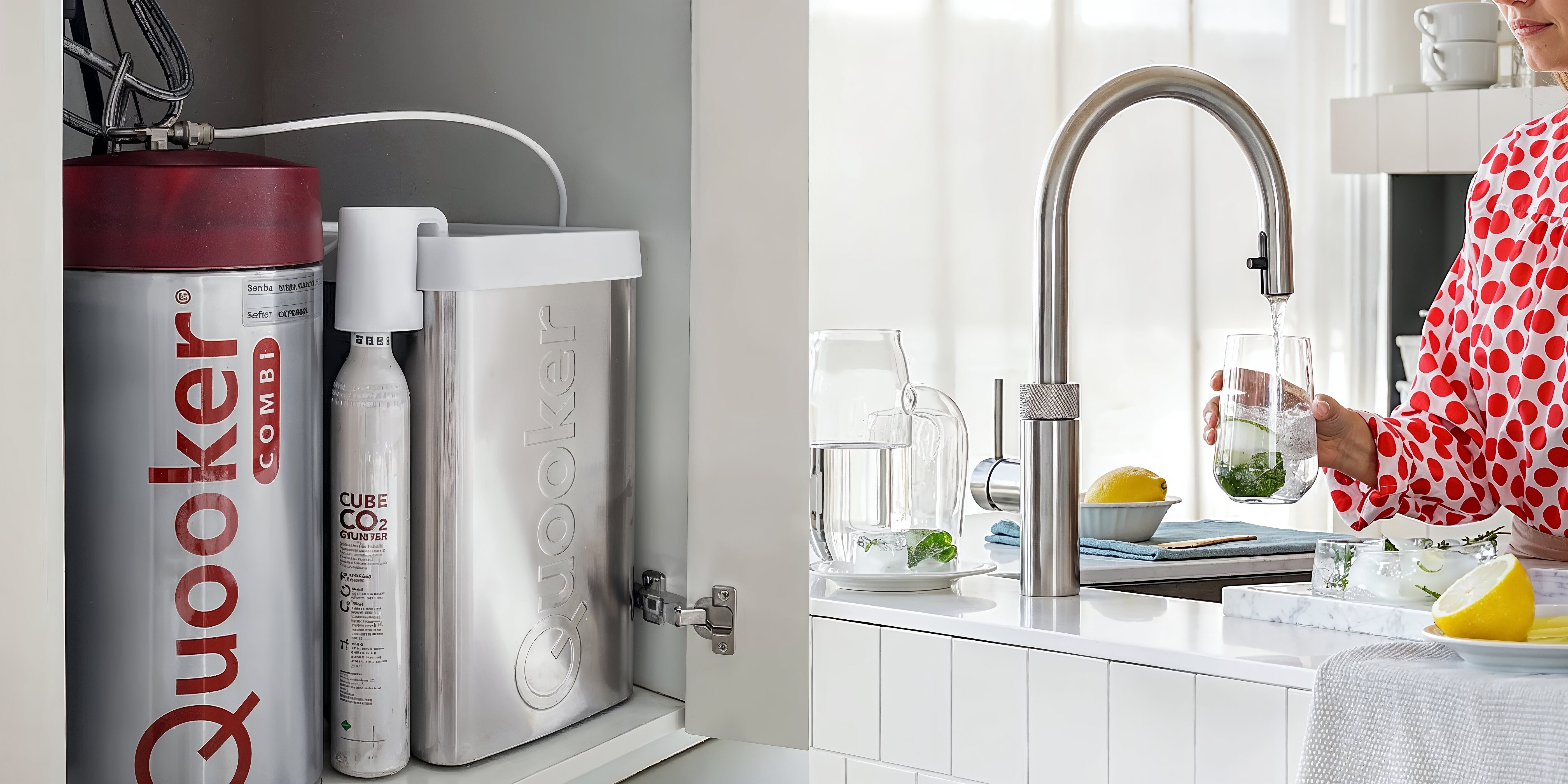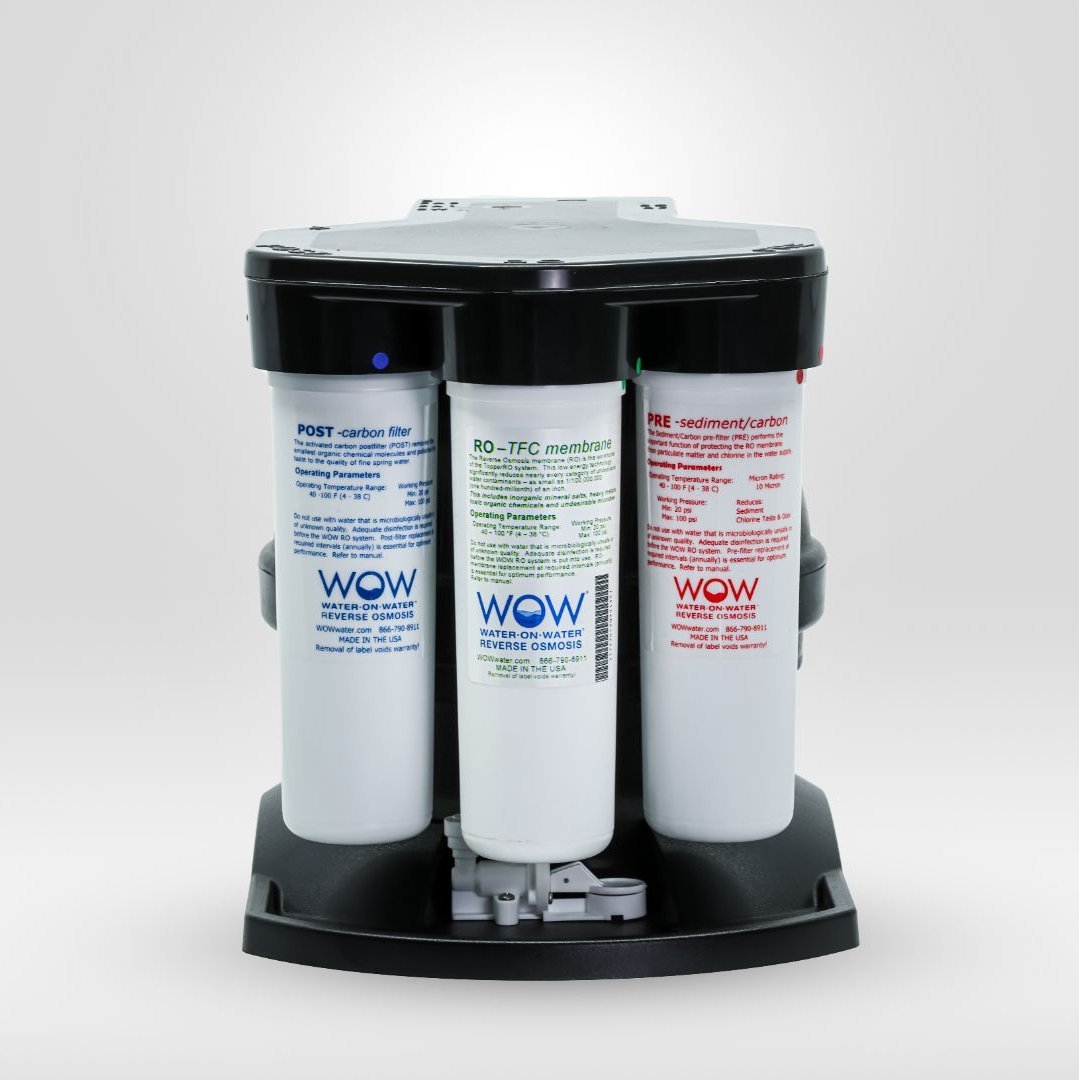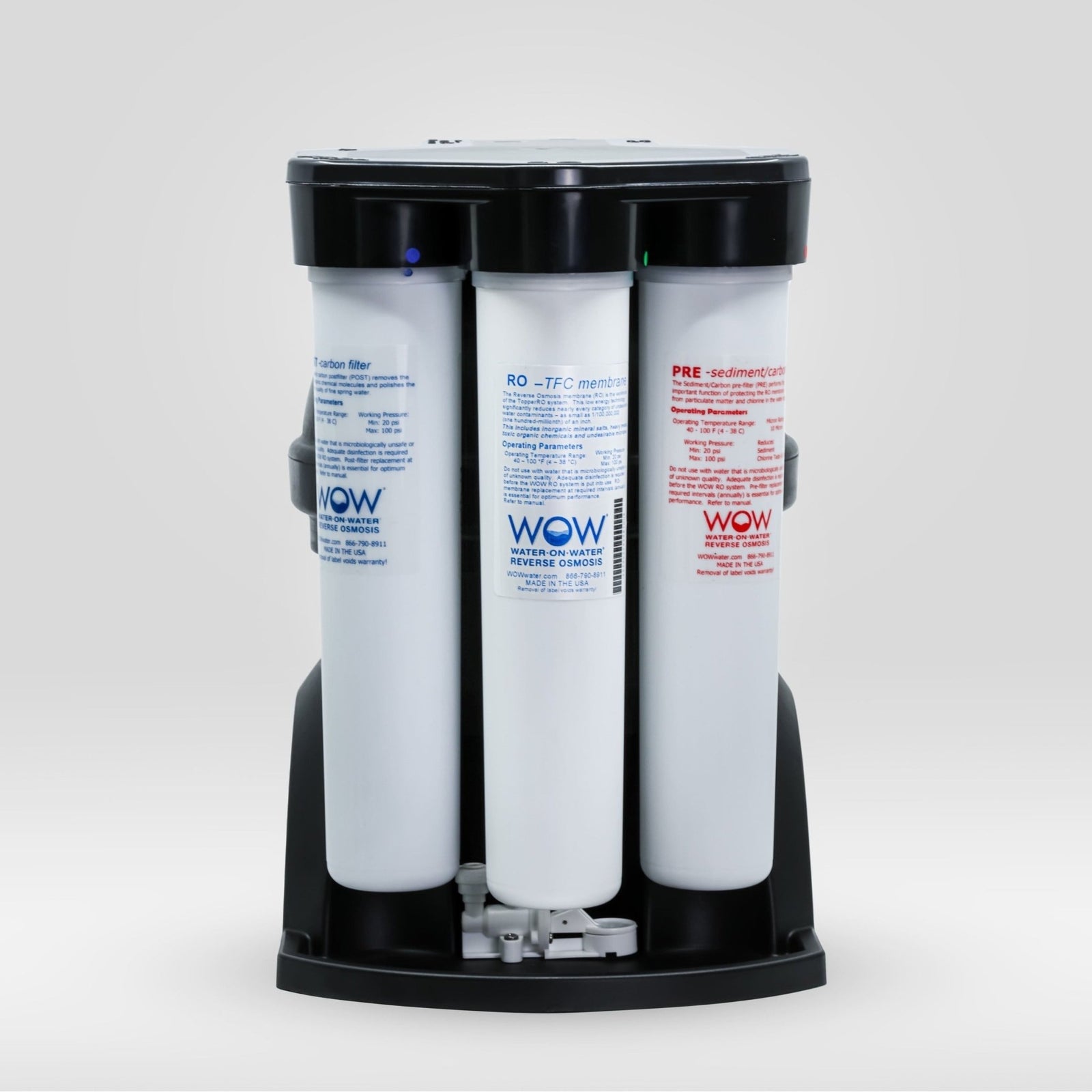Can I install a water filter myself?
Installing a water filter for your faucet yourself is usually quite possible, depending on the type of filter and your technical skills. Simple attachments can usually be installed in minutes without tools, while under-counter systems like reverse osmosis filters require a bit more technical expertise. However, with the right preparation, instructions, and basic tools, you can successfully install most water filters yourself.
Many homeowners consider purchasing a water filter to improve the quality of their drinking water. Whether you can install one yourself depends on several factors. Most countertop and tabletop models require minimal technical expertise. These filters can be easily attached to the faucet or used as a separate filter jug.
More advanced systems, such as undercounter water filters using reverse osmosis technology, require a bit more skill. At PureAqua, we offer clear installation instructions for our various filter models, including our advanced "The Source" system, which removes up to 99% of unwanted substances from tap water.
The decision to install it yourself depends on your comfort with simple plumbing jobs, the availability of the right connections in your kitchen, and the type of water filter you choose.
What types of tap water filters are available?
There are several types of water filters for home use, each with its own advantages and disadvantages:
- Faucet attachments : These filters are mounted directly onto the faucet and are the easiest to install. They are relatively inexpensive but have limited filter capacity.
- Tabletop/filter jugs : These standalone filters require no installation and are ideal for renters. However, they do require regular filter cartridge replacement.
- Undercounter systems : These are installed under the countertop and offer thorough filtration. PureAqua's "The Source" system falls into this category and uses reverse osmosis technology for optimal purification.
- Built-in filters : These are integrated into the water pipe and filter all the water that flows through a specific pipe.
Reverse osmosis systems like The Source offer the most thorough filtration, removing up to 99% of unwanted substances from the water. These systems operate without electricity, can detect any leaks, and are IAMPO NSF/ANSI 58 certified for safety and reliability.
How do you install a water filter on your faucet?
Installing a water filter varies by type, but here's a general guide for under-counter systems like the PureAqua reverse osmosis system:
- Preparation : Gather the necessary tools (adjustable wrench, screwdriver, Teflon tape) and turn off the water supply.
- Determine the location : Choose a suitable spot under the counter for the filter system and storage tank.
- Install the faucet : Depending on your choice of a 1-way or 3-way faucet, drill a hole in the countertop if necessary or replace your existing faucet.
- Connect the water supply : Connect the system to the cold water pipe using the supplied connections.
- Install the drainage system : Connect the drainage hose to the drainage pipe.
- Install the filter system : Attach the filters and membrane according to the manual.
- Test the system : Turn on the water supply, check for leaks, and flush the system.
At PureAqua, we also offer professional installation by certified technicians, but if you choose to install it yourself, we'll provide you with a clear manual with step-by-step instructions.
What are the benefits of a self-installed water filter system?
Installing a water filter yourself offers several advantages:
- Cost savings : You save on installation costs, which can be around €195 (including VAT) for professional installation.
- Flexibility : You can install the system whenever it suits you.
- System Knowledge : By installing it yourself, you will better understand how the system works, which is useful for future maintenance.
- Personal Satisfaction : There is a certain pride in successfully completing a DIY project.
Once installed, you'll enjoy the long-term benefits of filtered water: improved taste, less limescale, longer lifespan of your appliances, and positive effects on your health through the removal of harmful substances such as chlorine, lead, and pesticides.
Important Considerations When Choosing a Water Filter
When selecting a water filter for self-installation, consider:
- Filtration technology : Reverse osmosis provides the most thorough purification.
- Ease of Installation : Honestly rate your technical skills.
- Space : Make sure you have enough space under the counter for the system.
- Maintenance Requirements : Inquire about filter replacement and maintenance requirements.
- Faucet Options : Consider whether you want a separate faucet (1-way) or a replacement all-in-one faucet (3-way).
After installation, regular maintenance is important for optimal performance. At PureAqua, we offer support and service for all our water filter systems. Our customer service team is ready to answer questions about installation, use, or maintenance.
With the right preparation and instructions, installing a water filter yourself is a doable job that will give you years of pure, great-tasting water, right from your own tap.
